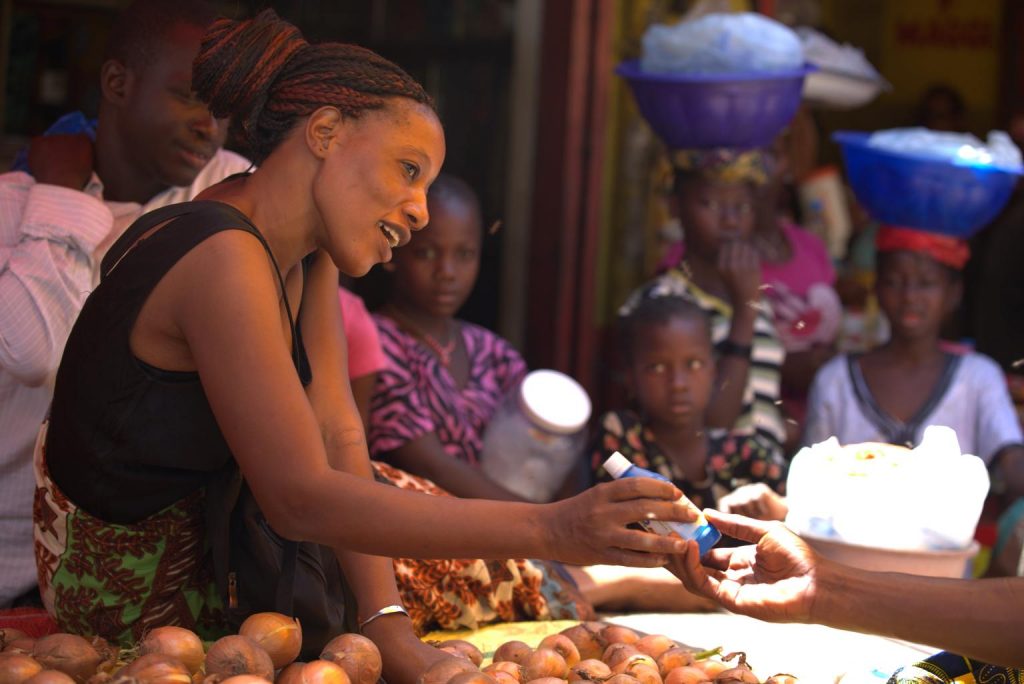The Ebola epidemic ravaging parts of West Africa is the most severe acute public health emergency seen in modern times. Never before in recorded history has a biosafety level four pathogen infected so many people so quickly, over such a broad geographical area, for so long’ (Margaret Chan, 26th September 2014, WHO).This report focuses on the local beliefs and practices around illnesses and death, the transmission of disease and spirituality, which affect decision-making around health-seeking behaviour, caring for relatives and the nature of burials. It also considers how this can inform effective behaviour change interventions for preventing Ebola in Sierra Leone. Four key transmission pathways are considered; unsafe burial, not presenting early, care at home and visiting traditional healers.Indigenous beliefs and responses to Ebola are rarely mentioned and when they are images of ignorance, exoticism and superstition are what prevail (Hewlett and Hewlett 2008). However, social mobilisation is a key component because all stakeholders should be involved to enable pooling resources and optimising management of epidemics, this is especially important with Ebola due to the poor specificity of symptoms (Chippaux 2014).
There are many areas where behaviour change can have a positive effect but ethical aspects should not be overlooked and this is now being recognised in scientific papers as well as in anthropological circles. For example, in Chippaux (2014) he gives a summary of some effective policy adaptations, including that isolation of patients, required to avoid contamination, should not be seen as segregation. The family should be able to see and talk to patients, even if they are prevented from touching them. Authorities and medical staff should comply with, as far as possible, funeral rites by providing body bags and coffins for the families. For instance, decontamination will be presented as ablutions that can be associated with the current ritual; deceased’s clothes will be buried in the grave rather than burned to prevent stigmatisation and other such culturally sensitive actions (Chippaux 2014).People interpret and respond to disease in line with longstanding local frameworks. Public behaviours and attitudes that might at first sight appear to reflect ignorance, can and should be seen as part of cultural logics that make sense given regional history, social institutions and experience. Viewing conflicts as stemming from opposing categories of traditional and modern does not capture the complex and emergent meanings which define life in this region and this epidemic (Wilkinson, 2014, STEPS blog). This paper explores local beliefs and practice, how these influence health seeking behaviour and what behaviour change interventions are appropriate, it was prepared as a rapid response briefing, so covers these issues in brief detail.



